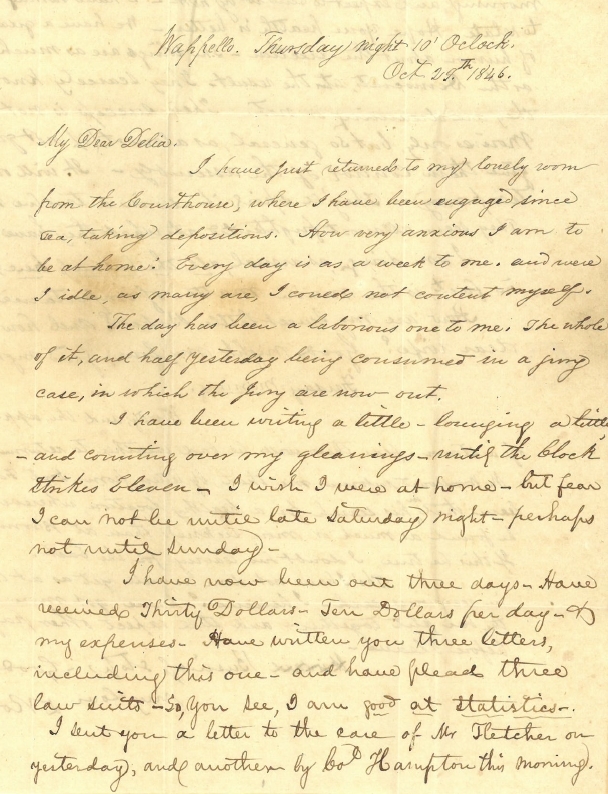




Our story begins between 11,000 years ago, and 20,000 years ago.
People were coming to the North American continent for the first time, and making their way through a rich, fertile land. No one knows what exactly prompted this influx, or who these people were. They left few clues behind, and what was left was mostly in the form of stone points. The culture was named for a cache of points that were found in the 1920’s near Clovis, New Mexico.
The points lanceolate in shape, with a distinctive flute on either side. Ivory tools have also been found, but there is precious little other material to mark their passing. Eventually, the people made their way to SE Iowa, where they left behind few clues about their time here. Were they here for a short time? Or did they stay for generations? Thanks to farming, what traces were left by the Clovis people were destroyed when the land was ploughed in preparation for planting crops. Arguably the most famous Clovis site in Iowa is the Rummells-Maske site in Northern Iowa. https://archaeology.uiowa.edu/rummells-maske-paleoindian-site
Our point came to us from Captain Jack Beckman, USAF, sometime in 1972. Captain Beckman was a prolific collector who was shot down over Neuberg in Germany in 1945. His family generously donated over 100 stone tools and points to DMCHS that had been collected by Captain Beckman, including the Clovis point. We don’t know where or when our Clovis point was collected, just that it was found in Des Moines County.
Our Collections Coordinator noticed the point in 2019, and recognized it as possibly being Clovis and possibly being made of Hixton silicified orthoquartzite but was unsure, so she reached out to the State of Iowa archeologists office, the University of Iowa, and members of the Hawkeye State Archeological Society of Iowa. She was directed to contact Dr. Juliet Morrow, an archeologist with Arkansas State University, and an expert on Clovis. Dr. Morrow requested more images of the point, and measurements. Dr. Morrow is the author of several academic papers on the Clovis culture. We have included links to Dr. Morrow’s work, and to the Hawkeye State Archeological Society of Iowa.
https://uark.academia.edu/JulietMorrow
https://www.researchgate.net/profile/Juliet_Morrow2
https://www.facebook.com/Hawkeye-State-Archaeological-Society-of-Iowa-1598350157062766 \
Dr. Morrow maintains a database/registry of Clovis points, and where they have been found. Prior to DMCHS reaching out to her, there were 23 known Clovis points in the Des Moines County area. 23 out of the tens of thousands that have been recovered here. Out of those, less than 10 are Hixton silicified orthoquartzite, or ‘Sugar quartz”. Most of the points and tools that are found here are Burlington chert, an abundant form of microcrystalline rock.
Hixton is an unusually pure form of quartzite that is only found in one place in the world, the Silver Mound Archeological District near Hixton, Wisconsin, some 305 miles from Burlington, Iowa. For more information about the Silver Mound area, please click this link. https://en.wikipedia.org/wiki/Silver_Mound_Archeological_District
High res photos were taken, as were the measurements, and they were sent off to Dr. Morrow, who responded that the point is, indeed a true Clovis point, and that it is sugar quartz. The point was also added to the registry. It is number 24.
We have included some handy links for you to check out as well.





